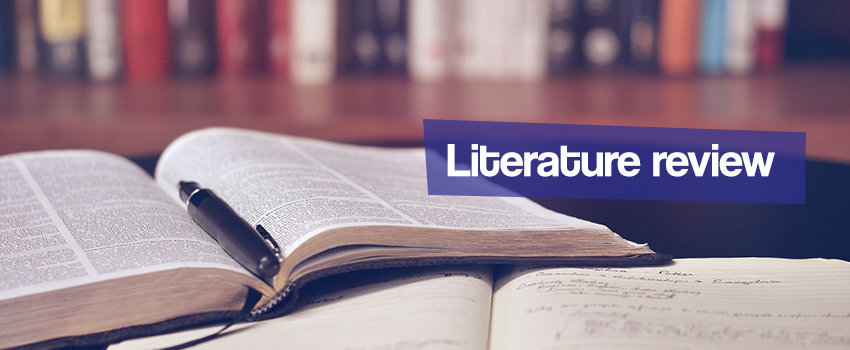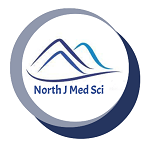Introduction

read 1000 times before writing a word.
anonymous.
A literature review plays a fundamental role in research projects, as it involves the careful gathering, evaluation, and analysis of information from relevant sources. The primary goal is to develop a comprehensive understanding of a specific topic. In this article, we will explore the process of conducting a literature review, providing you with valuable insights to make your review effective and informative.
The journey of research is one that requires a guiding light, and that light is the “Effective Literature Review Guide.” As a researcher, you understand the importance of this invaluable tool that empowers you to delve deep into the realm of knowledge. Imagine yourself as an explorer, setting forth on an expedition, equipped with the means to gather, evaluate, and analyze information from a myriad of sources. As you embark on this quest, you gain a profound understanding of your subject, empowering you to make significant contributions to your field.
Why Literature Review?
At the heart of every successful research project lies the art of conducting a literature review. You become a connoisseur of information, sifting through a vast sea of data to uncover the gems of wisdom that will shape your research endeavor. This is the very essence of an effective literature review — to assist you in the quest for clarity, depth, and a thorough comprehension of your chosen subject.
Within the vast ocean of knowledge, you will find a wealth of existing research and studies. Yet, it is not enough to merely skim the surface of this knowledge reservoir. A literature review demands a discerning eye that critically evaluates and synthesizes the diverse array of information available. An effective Literature Review serves as your compass, guiding you to the most relevant and valuable sources.
With each step you take, the literature review unfolds before your eyes. Effective literature review ensures you remain focused, directing your attention to literature that directly relates to your research question. By organizing your findings into themes or categories, you begin to perceive patterns and connections that will form the very fabric of your research.
Benefits of Literature Review
Your analytical prowess comes into play as you assess the strengths and limitations of existing research. The Effective Literature Review Guide empowers you to delve deeper, unearthing insights that will help shape the foundation of your work. Every page you turn brings you closer to the pinnacle of your research endeavor.
As you set pen to paper, crafting your literature review, you realize the impact of this journey. The Effective Literature Review Guide equips you with the knowledge and understanding to present a compelling and informative narrative. Your literature review becomes a masterpiece, a synthesis of insights that enrich the scholarly landscape.
An effective literature review is your beacon in the vast sea of research. Its significance cannot be overstated, as it illuminates your path towards conducting a literature review that is not only comprehensive but also impactful. Armed with this guide, you will navigate the realm of knowledge with finesse, leaving an indelible mark on your research field. Embrace the Effective Literature Review Guide as your ally and embark on a journey that will shape the course of your academic voyage.
Understanding the Literature Review: A Comprehensive Analysis
An Effective Literature Review entails a thorough analysis of published literature that is relevant to a specific research question or topic. Unlike a mere summary, this critical evaluation encompasses an in-depth assessment of the strengths and weaknesses of existing research. By synthesizing current knowledge on the subject matter, the literature review becomes the cornerstone of research endeavors, unveiling gaps in the existing knowledge landscape.
Reasons for Conducting an Effective Literature Review
The significance of the Effective Literature Review Guide is underscored by its multifaceted purposes, including:
- Identifying Research Gaps: Through meticulous exploration, an Effective Literature Review sheds light on areas that demand further investigation, fostering the emergence of novel research questions.
- Refining Research Questions: Armed with insights from existing literature, the review process aids researchers in honing and clarifying their research questions and hypotheses.
- Establishing the State of the Art: Embracing an Effective Literature Review grants researchers a comprehensive overview of the prevailing knowledge within a particular field, affirming the current state of the art.
- Identifying Relevant Sources: A well-organized and thoughtfully crafted literature review acts as a guiding compass, effortlessly identifying and organizing pertinent sources of information.
In essence, the Effective Literature Review epitomizes a robust foundation for any research journey, ensuring that it not only navigates the existing scholarly terrain but also pioneers uncharted territories, propelling the academic community forward in its pursuit of knowledge.
Steps to Conduct a Literature Review
Step 1: Defining Your Research Question
The first and crucial step in conducting a literature review is defining a specific, clear, and concise research question. This question will guide your search for relevant literature.
Step 2: Searching for Relevant Literature
Once your research question is defined, embark on the search for relevant literature. Utilize specialized databases, such as PubMed, JSTOR, or Scopus, that align with your field of study. Refine your search using appropriate keywords and filters, such as date range and study type.
Step 3: Evaluating the Literature
Having identified relevant literature, it is essential to evaluate each piece. Start by reading the abstract to determine its relevance to your research question. If suitable, read the full article carefully, taking detailed notes on key findings, methodologies, and limitations.
Step 4: Analyzing and Synthesizing the Literature
After evaluating the literature, proceed to analyze and synthesize the information gathered. Organize the literature into themes or categories based on your research question. Identify commonalities, differences, and patterns within the literature, while critically evaluating its strengths and weaknesses.
Step 5: Crafting Your Literature Review
The final step involves writing your review. Begin by introducing the topic and defining your research question. Provide a comprehensive overview of the literature, including critical analyses of existing research. Organize the review into themes or categories and offer a thoughtful analysis of each segment. Conclude by summarizing your findings and identifying research gaps and potential future directions for research.
Tips for Conducting an Effective Literature Review
To ensure a thorough and successful review of literature, keep in mind these valuable tips:
- Start Early: Allow ample time for the literature review process, as it can be time-consuming.
- Be Thorough: Conduct a comprehensive search for all relevant literature and critically evaluate each source.
- Stay Focused: Remain focused on literature directly relevant to your research question and topic.
- Keep Detailed Records: Maintain well-organized records of your sources in a separate folder, renaming files for easy reference.
- Organize Your Review: Structure your literature review thematically or chronologically, depending on your research question.
- Be Critical: Apply a critical mindset to assess the strengths and weaknesses of the studies you encounter.
- Proper Citation and Referencing: Accurately cite and reference all sources to acknowledge their contributions to your review.
- Proofread and Edit: Ensure your literature review is error-free and written in a clear, concise style.
Conclusion
Conducting a literature review is a challenging yet rewarding endeavor. By following the outlined steps and adhering to the provided tips, you can produce a well-crafted and informative literature review. Remember, a successful review of literature is not only an essential component of research but also a valuable contribution to the scholarly community.
